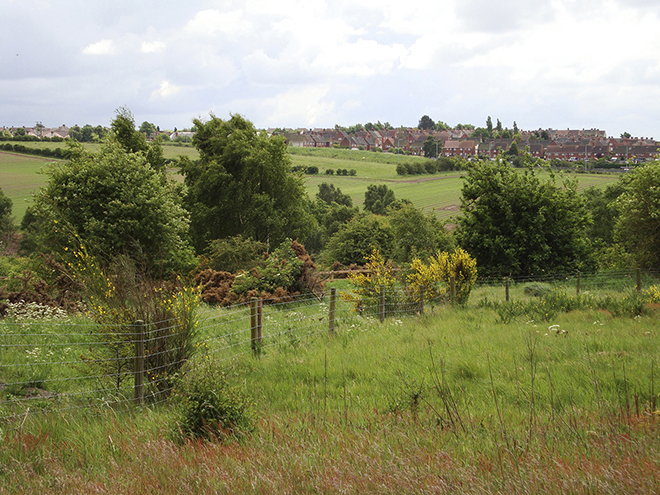THE LEADERSHIP behind the Oxford to Cambridge Arc, an area which the Chancellor of the Exchequer described as a “key economic priority” for the country, has unveiled its bold vision in a prospectus submitted to Government.
The plan focuses on developing the key strengths in science, technology and high-value manufacturing among businesses based within the Arc area. It generates more than £111 billion a year in economic output and estimates indicate that investment in increased productivity could double the area’s economic output to more than £200 billion a year by 2050.
The prospectus calls on the government to commit to long-term investment in the area
The Arc provides the basis for an investment return to government potentially of more than £4 for every £1 of public expenditure which will generate new inter-regional collaborations, increased expenditure in research and development and creation of new supply chain opportunities.

That investment, says the prospectus, will be crucial to tackle connectivity and congestion constraints and to provide the skills that industry requires to enable the Arc to pursue its role as a leading global innovation region.
Hilary Chipping, chief executive of the South East Midlands Local Enterprise Partnership, said: “Connecting the ideas and expertise, sector strengths and assets together across the whole of the Arc creates a powerful national and global proposition. The South East Midlands – Northamptonshire, Bedfordshire and Milton Keynes – sits right at the heart of that.”
Professor Sir Peter Gregson, chief executive and vice chancellor of Cranfield University and chair of the Arc Universities Group which represents all ten universities in the area, added: “With investment, we can better connect and realise the potential of our world-class assets and the know-how created by our area’s people, businesses and institutions.
“We aim to be a testbed for new ways of living and working including by demonstrating net zero carbon and environmental net gain are achievable and economically beneficial.”

The Arc will pursue innovation-led growth to help solve major urgent environmental, health and social challenges and at the same time, drive UK competitiveness and local prosperity. The vision specifically sets out a plan to make the UK a world-leader in new technology and industries in zero-carbon aviation, space, life sciences, future mobility, high-value manufacturing, creative industries and green energy.
Sir Peter said: “This connection will unlock the potential across our sector strengths to propel the Arc and the UK into an era of global growth at the vanguard of innovation.”
Ms Chipping added: “The Oxford-Cambridge Arc will be a Green Arc that can inspire communities around the world.”
Cllr Barry Wood, chair of the Arc Leaders Group, said: “The Arc region has a critical mass of research, high-technology expertise and innovation assets found nowhere else in the UK. Yet we are at a pivotal time, during which our nation’s economic resilience is being tested far beyond anything we have seen before.
“Working with government, we can release the potential of the Arc’s key sectors, scientific community and entrepreneurial spirit to propel our country’s response to the major national and global challenges we face.”




